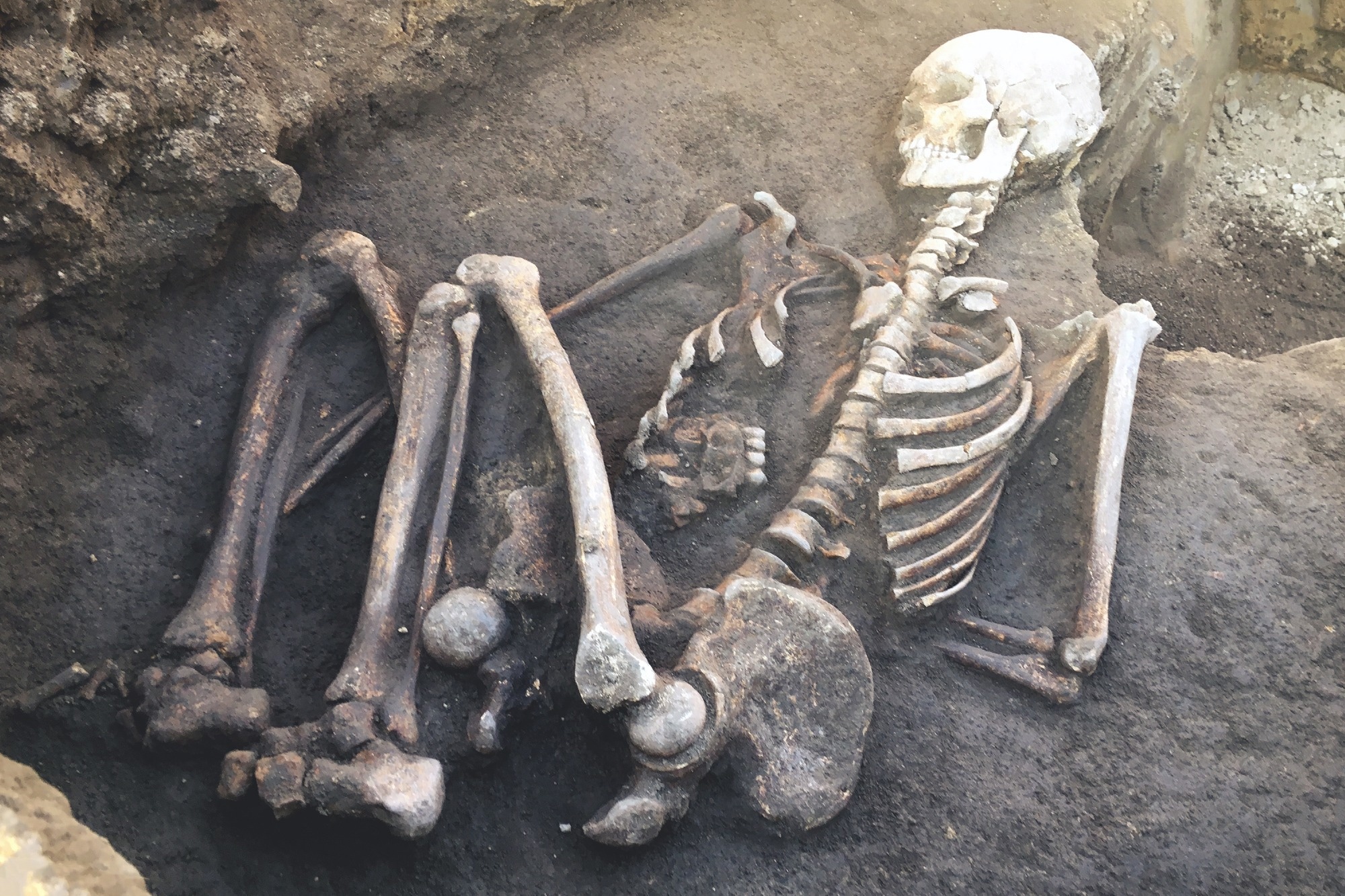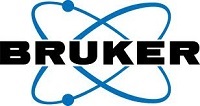Magnetic resonance imaging (MRI) is a valuable tool for producing detailed images of the anatomy of the body and monitor physiological processes. Strong magnetic fields and radio waves are used to excite the hydrogen nuclei of water molecules in the body and measure the energy released as they return to their original state through relaxation processes, T1 (spin-lattice relaxation) and T2 (spin-spin relaxation).

Image Credit:Shutterstock/Masarik
Bone is very difficult to image with MRI as it has a very short T2 relaxation and appears as a signal void on conventional MRI scans. Ultrashort time echo (UTE) MRI is a relatively new MRI technique that can measure substances with very short relaxation times, down to 40 µs, and has been shown to image cortical bone.
This development makes MRI highly desirable as it is a radiation-free technique, unlike other imaging techniques such as computed tomography (CT). One area that UTE-MRI shows promise is forensic age estimation (FAE).
This assessment is frequently requested by courts in refugee cases in order to determine the age of these individuals, as they often arrive with no documentation, and therefore act in accordance with the law in terms of the asylum procedure.
FAE measures degenerative tooth characteristics to determine an individual’s age. Once tooth development is complete, odontoblasts continue to produce one of the hard tissues of the tooth, dentin, and this is termed secondary dentine. The production of secondary dentin gradually reduces the volume of the soft dental pulp in the middle of the tooth, and the level of pulp reduction can be used to estimate age.
A recent study, published by researchers at University Hospital Münster, Germany, performed UTE-MRI on extracted human teeth using a 9.4 T Bruker Biospec 94/20 MRI to analyze the ability of this technique to perform FAE.
Using this technique, the four types of human teeth – front, canine, premolar, and molar – were examined and detailed 3D images were obtained, with differentiation between the soft dental pulp and the hard dentin tissue. A spatial resolution of 66 μm3 was achieved, which is comparable to cone-beam CT, the standard technique for FAE. This high level of detail meant that the dental pulp volume for all the teeth analyzed could be measured.
As a proof of principle study, the sample size was low, with only four human teeth analyzed. Therefore, further research is required to substantiate these findings with larger sample size. In addition, this work used a 9.4 T MRI, but clinical MRI scanners are currently limited to 7 T. So, advances in one or both areas are required before UTE-MRI can reach the clinic.
These data demonstrate that UTE-MRI can be used to calculate dental pulp volume for FAE in all types of human teeth and has the potential to replace the current method of cone-beam CT as it is a radiation-free technique.
Comprehensive solution portfolio for forensics
Bruker offers the most comprehensive solution portfolio for forensic analysis. This includes identification and quantification of narcotics and doping agents, chemical warfare agents, characterization of explosives, detection of food fraud, art and document forgery, environmental forensics including waste analysis and crime scene investigations like glass, fiber and gunshot residue analysis. Bruker’s technologies are applied in day-to-day routine analysis as well as to develop and enhance new methods like in the present study. Our mission of enabling law enforcement to generate coherent and robust data for legal proceedings will make societies safer.
References
- Timme, M., et al. (2020). Evaluation of Secondary Dentin Formation for Forensic Age Assessment by Means of Semi-automatic Segmented Ultrahigh Field 9.4 T UTE MRI Datasets. International Journal of Legal Medicine. https://doi.org/10.1007/s00414-020-02425-7.
About Bruker BioSpin Group
The Bruker BioSpin Group designs, manufactures, and distributes advanced scientific instruments based on magnetic resonance and preclinical imaging technologies. These include our industry-leading NMR and EPR spectrometers, as well as imaging systems utilizing MRI, PET, SPECT, CT, Optical and MPI modalities. The Group also offers integrated software solutions and automation tools to support digital transformation across research and quality control environments.
Bruker BioSpin’s customers in academic, government, industrial, and pharmaceutical sectors rely on these technologies to gain detailed insights into molecular structure, dynamics, and interactions. Our solutions play a key role in structural biology, drug discovery, disease research, metabolomics, and advanced materials analysis. Recent investments in lab automation, optical imaging, and contract research services further strengthen our ability to support evolving customer needs and enable scientific innovation.
Sponsored Content Policy: News-Medical.net publishes articles and related content that may be derived from sources where we have existing commercial relationships, provided such content adds value to the core editorial ethos of News-Medical.Net which is to educate and inform site visitors interested in medical research, science, medical devices and treatments.